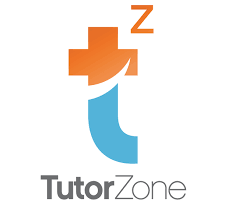Introduction
Learning Standard English requires a breadth of experience in listening, reading, writing, and speaking. For Standard English Learners (SELs) and English Language Learners (ELLs), this presents a significant challenge. In order to address and overcome this challenge, instruction must develop a learner’s understanding of the complementary relationship between academic language and reading comprehension. By discussing such topics as vocabulary, syntax, and text structure, instructors lay the foundation for the Standard English that the learner will encounter in academia. The learner is thus adequately prepared to read and write in Standard English at a proficient level.
- Academic Language
- Vocabulary
- Issue
- Students need multiple exposures to words in a variety of contexts
- Solutions/techniques
- Picture Walks
- Provide visual complement to written texts
- Word Groupings
- Select key term
- Provide examples of similar words (synonyms)
- Provide non-examples of dissimilar words (antonyms)
- Picture Walks
- Syntax
- Issue
- Students have trouble comprehending sentences because they do not recognize Standard English syntactical patterns
- Solutions/techniques
- Oral reading and retelling embeds grammatical patterns in long-term memory
- Memorizing small passages has the same effect
- Issue
- Text Structure
- Issue
- Students lack a sense of text organization
- Solution/technique
- Discuss nonfiction text patterns
- These include: sequential or chronological order, compare/contrast, cause and effect, definition or explanation, simple listing, and problem/solution
- Discuss nonfiction text patterns
- Issue
- Passage Comprehension
- Threefold View
- “on the lines”
- Simply restating the text and its facts
- “between the lines”
- Applying prior knowledge to help interpret text implications
- “beyond the lines”
- Adding ideas that are related but move beyond the text and its implications
- Bloom’s Taxonomy
- Knowledge
- “What happened after…?”
- “How many…?”
- Comprehension
- “Can you write in your own words…?”
- “What was the main idea…?”
- Application
- “Could this have happened in…?”
- “What questions would you ask of…?”
- Analysis
- “How was this similar to…?”
- “What was the turning point…?”
- Synthesis
- “What would happen if…?”
- “How many ways can you…?”
- Evaluation
- “Judge the value of…?”
- “What changes to… would you recommend…?”
